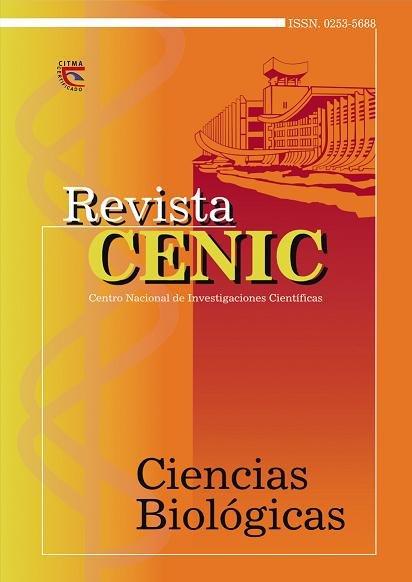ISOLATION AND CHARACTERIZATION OF BACTERIA FROM ACCOMPANYING OIL WATER PROMISING FOR BIODESULPHURIZATION
Abstract
Biodesulfurization is the process in which microorganisms are used to oxidize reduced sulfur compounds and transform them into easily removable compounds. This process has a set of advantages: low investment costs and operating because it uses simple equipment and low reagent consumption, low power consumption to be able to operate at room temperature. However, the process is slow, requiring new microorganisms that reduce the residence times and make the process more competitive in industry. In this context, the present work proposes to isolate and identify microorganisms of accompanying oil water, as well as to determine their degradation capacity from sulfur compounds of the oil industry. The accompanying oil water from the oilfields of western North Strip Cuba was used for isolating as a microbial source and performed in selective medium with sodium thiosulfate and dibutil sulfide as the only sulfur source, the optical density of the cultures was determinated to evaluate microbial growth and the concentration of sulfate as degradation product of sulfur. As a result, 3 isolates belonging to the genus Pseudomonas sp with the property to biodegrade sulfur compounds were obtained. The isolates were identified as Pseudomona Ny 3a, Pseudomona Ny 3b, Pseudomona Ny 2a; highlights the letter two strain in medium with sodium thiosulfate and dibutil sulfide as the sole source of sulfur, respectively
Downloads

Downloads
Published
How to Cite
Issue
Section
License
Los autores que publican en esta revista están de acuerdo con los siguientes términos:
Los autores conservan los derechos de autor y garantizan a la revista el derecho de ser la primera publicación del trabajo al igual que licenciado bajo una Creative Commons Atribución-NoComercial-CompartirIgual 4.0 Internacional que permite a otros compartir el trabajo con un reconocimiento de la autoría del trabajo y la publicación inicial en esta revista.
Los autores pueden establecer por separado acuerdos adicionales para la distribución no exclusiva de la versión de la obra publicada en la revista (por ejemplo, situarlo en un repositorio institucional o publicarlo en un libro), con un reconocimiento de su publicación inicial en esta revista.
Se permite y se anima a los autores a difundir sus trabajos electrónicamente (por ejemplo, en repositorios institucionales o en su propio sitio web) antes y durante el proceso de envío, ya que puede dar lugar a intercambios productivos, así como a una citación más temprana y mayor de los trabajos publicados (Véase The Effect of Open Access) (en inglés).














